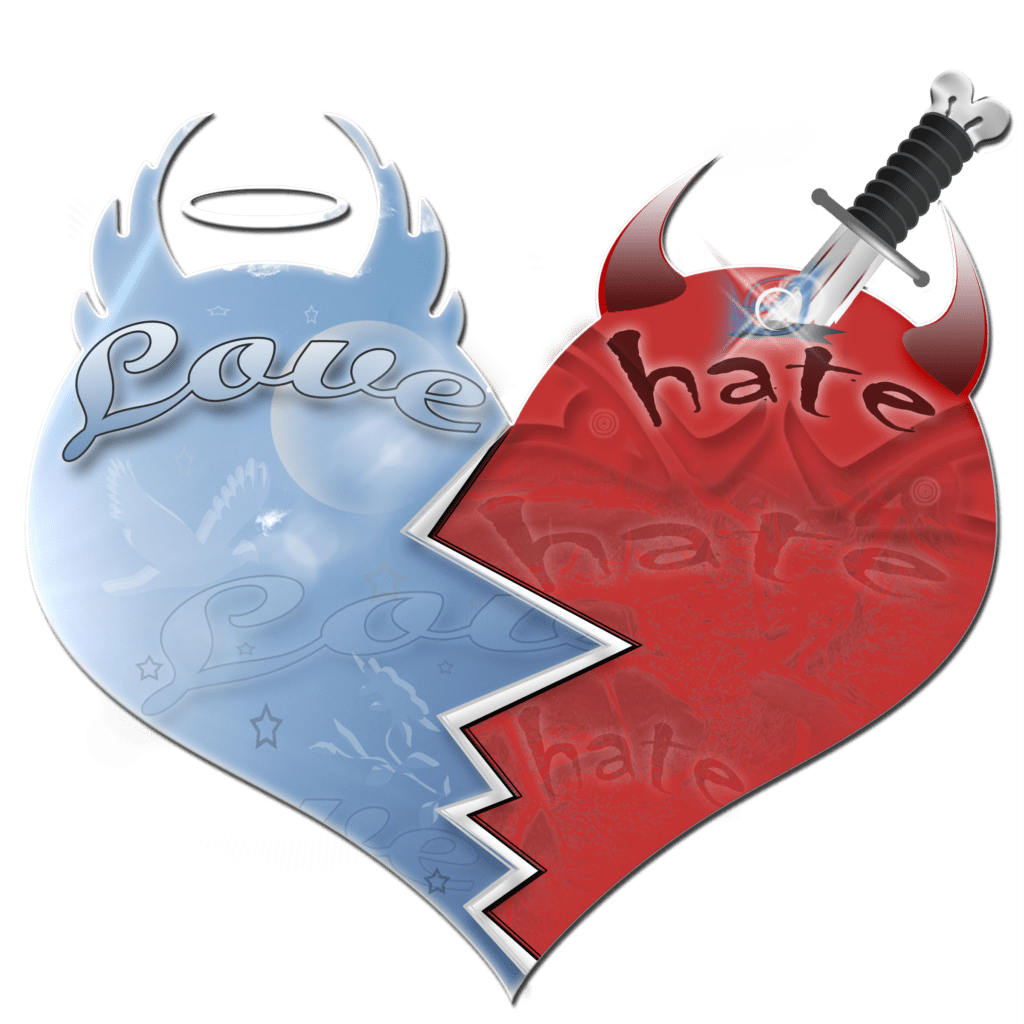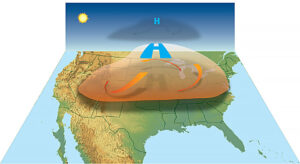Scientists in recent years have begun to establish the neural coordinates for complex emotional concepts such as “hate.” Functional magnetic resonance imaging (fMRI) is giving researchers an understanding of the way these intense emotions begin to emerge in the brain.
In 2008, Semir Zeki, a neurobiologist at University College London’s Laboratory of Neurobiology, conducted a study last year that performed fMRIs on 17 adults as they looked at images of people whom they hated. Certain areas in the right putamen, medial frontal gyrus, medial insula, and the premotor cortex were activated.

The scientists noted that components of this “hate circuit” are also involved in commencing aggressive behavior, However, hatred exhibits different brain patterns than do the feelings of aggression itself, as well as fear, anger, and danger. The researchers postulated that activity in these areas indicate that the brain is primed for violence.
Hate can come from positive emotions, such as romantic love, as in the case of a jilted lover. Not surprisingly, love appears to deactivate areas associated with judgment, whereas hatred activates areas in the frontal cortex that are thought to be involved in evaluating another person and anticipate his or her behavior.
According to the authors of the study, there are striking similarities between love and hate. The regions of the putamen and insula that are “switched on” by hate are also the same as those for romantic love. “This linkage may account for why love and hate are so closely linked to each other in life.”
Psychologically speaking, hatred and violence against another classification of people is an extension and distortion of our natural human tendency to classify “us” from “them.” From an evolutionary standpoint, group membership or “tribalism” was necessary for human survival.
Related: The neuroscience of of love
“In-group/out-group” categorizations are made within milliseconds in the brain, and, when coupled with negative stereotypes, can result in feelings of fear, revulsion, and dehumanization.
Scientific studies have demonstrated that viewing pictures of people from a different race or culture activates the amygdala, which is an area of the brain linked with creating fear. Seeing or thinking about an out-group like the homeless or people who use drugs can also attenuate activity in the medial prefrontal cortex, an area associated with social cognition and empathy. This decreased activity gives rise to feelings of dehumanization. In other words, seeing the other group as less than human, which creates an increased risk for violence.
Rebecca Saxe, a professor of cognitive neuroscience, and associate department head at the Department of Brain and Cognitive Sciences at MIT, stated that violence between groups can occur when resources are considered to be limited. In those scenarios, protecting one’s own group and its resources at the expense of another group, even through the use of physical force, is deemed imperative. Even when the resources at stake are not commodities but “existential ideals and fundamental values,” feelings of hate for the opposing group can develop.
In a lecture given at Harvard in 2019, Saxe said: “If we think that the survival, autonomy, and dignity of our ideals is a scarce resource in a zero-sum conflict with the survival, autonomy, and dignity of another group, then it could be my obligation to destroy the other group.”
Saxe further stated: “Hate is a mixing of both intense dislike with moral contempt and disgust. The moral motive of extreme violence in which the other must be destroyed [is] to make a better, more just world for that which I hold most dear.” She has concluded that hate and violence are not caused by sociopathic tendencies but “the extreme culmination of perceiving an existential threat to one’s in-group.”
Listening to hate speech can increase prejudice toward an out-group and even prime the brain for violent actions. According to Arizona State University psychologist Arthur Glenberg, “Words themselves are enough to trigger simulations in motor, perceptual and emotional neural systems. Your brain creates a sense of being there: The motor system is primed for action and the emotional system motivates those actions.”
How is it possible to control hate if the drive to hate is located in a primitive and unconscious part of the brain? The higher-order brain structures, like the ventromedial prefrontal cortex (vmPFC), among others, allow us to choose anger and hatred or to let it go.










